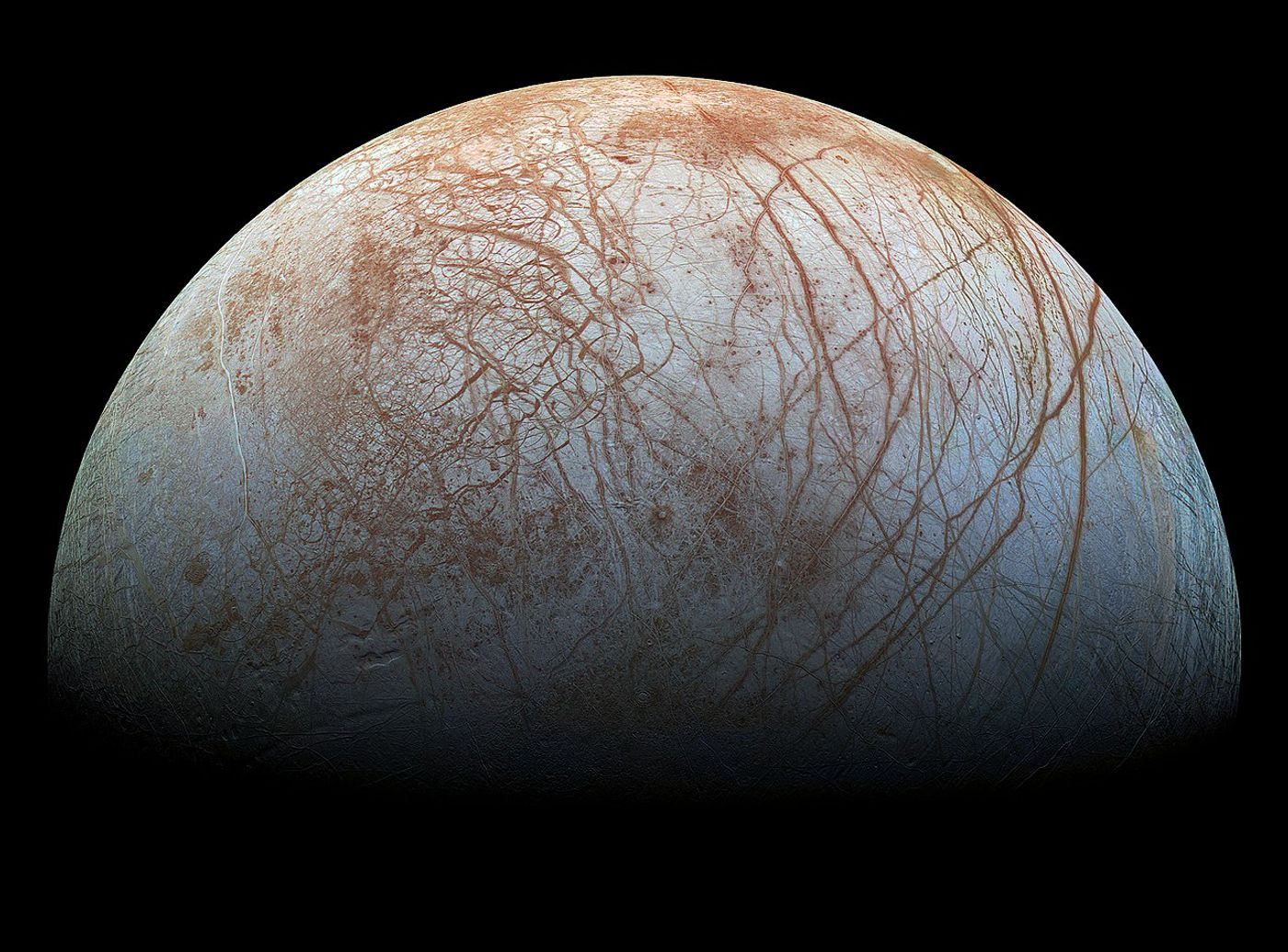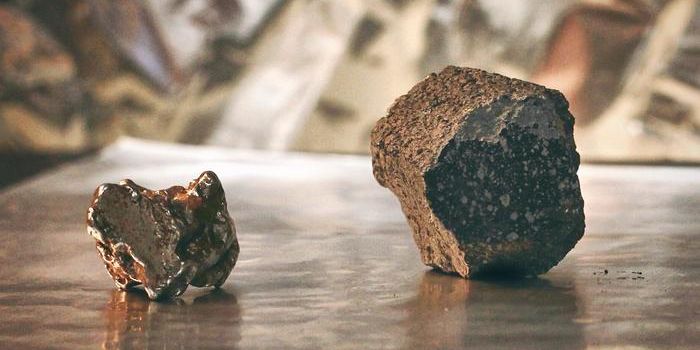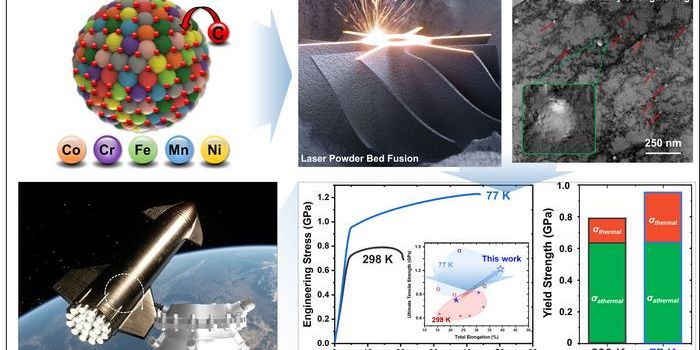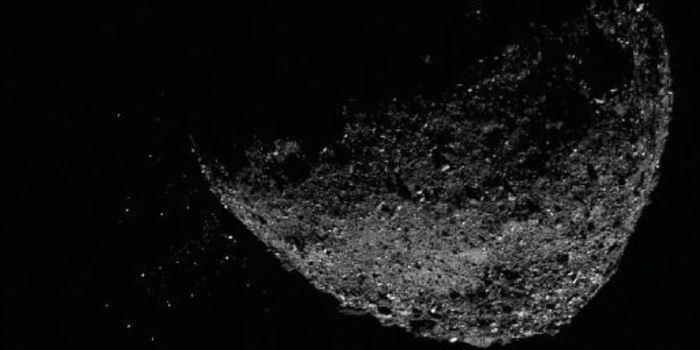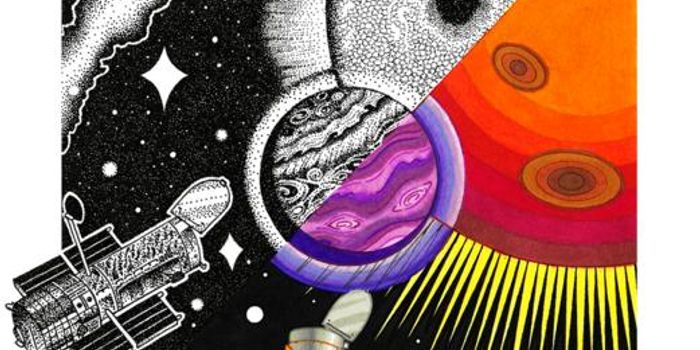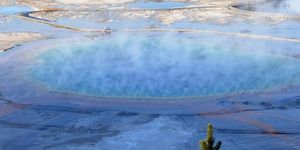Jupiter's icy moon Europa's sulfur residue is mapped
Jupiter’s moon, Europa, is one of the most fascinating planetary bodies in our solar system as it’s one of the few places where we believe life might currently exist beyond Earth. It’s known as an icy moon, as its surface is almost entirely covered in water ice, but it’s the supposed saltwater ocean that swirls beneath its icy crust that has scientists abuzz as to what kinds of life we might find within its watery depths. While the much-anticipated NASA Europa Clipper mission isn’t scheduled to launch until 2024, scientists are currently forced to study Europa’s surface until we can get a better glimpse of what might lie beneath the icy outer shell.
In a recent study published in The Planetary Science Journal, a Southwest Research Institute-led (SwRI) team used the Hubble Space Telescope to observe Jupiter's moon, Europa, at ultraviolet (UV) wavelengths, filling in a "gap" in the various wavelengths used to observe this icy water world. The team's near-global UV maps show concentrations of sulfur dioxide on Europa's trailing side, or hemisphere. Like Earth's Moon, Europa is tidally-locked with Jupiter, and the trailing hemisphere is the side of the moon that always faces away from the satellite's orbital direction.
Studying Europa's surface material can give insights into the potential composition of the subsurface ocean that is hypthsized to be swirling beneath its icy outer shell. What's compelling about this study is the dataset from SwRI is the first to produce a near-global map of sulfur dioxide that correlates with large-scale darker regions in both the visible and the ultraviolet wavelengths.
"The results were not surprising, but we did get much better coverage and resolution than previous observations," said SwRI's Dr. Philippa Molyneux, a co-author of the paper. "Most of the sulfur dioxide is seen on the 'trailing' hemisphere of Europa. It's likely concentrated there because Jupiter's co-rotating magnetic field traps sulfur particles spewing from Io's volcanoes and slams them against the backside of Europa."
Another active moon of Jupiter is Io, which is considered the most volcanic body in the solar system and essentially a big ball of sulfur. Jupiter's immense magnetic field can cause chemical reactions between Europa's water ice and Io's sulfur eruptions, ultimately creating the sulfur dioxide on the surface of Europa's trailing hemisphere.
"In addition to studying the sulfur dioxide on the surface, we are continuing to try to understand the puzzle of why Europa -- which has a surface that is known to be dominated by water ice -- does not look like water ice at ultraviolet wavelengths, as confirmed by this paper," Becker said. "We are actively working to understand why."
Along with Europa, other planetary bodies of astrobiology interest include Mars; Saturn’s moons, Titan and Enceladus; and Neptune’s moon, Triton, due to its active geysers. What further secrets will we uncover about Europa and its icy characteristics? Only time will tell, and this is why we science!
As always, keep doing science & keep looking up!
Sources: NASA JPL, The Planetary Science Journal
